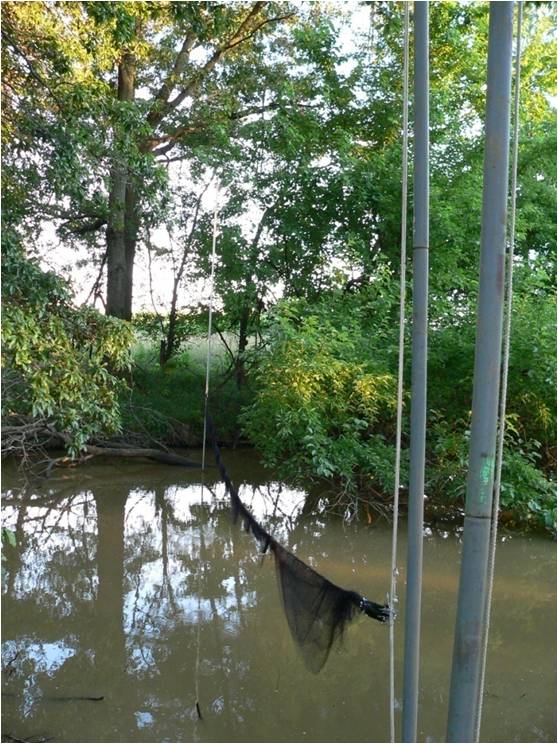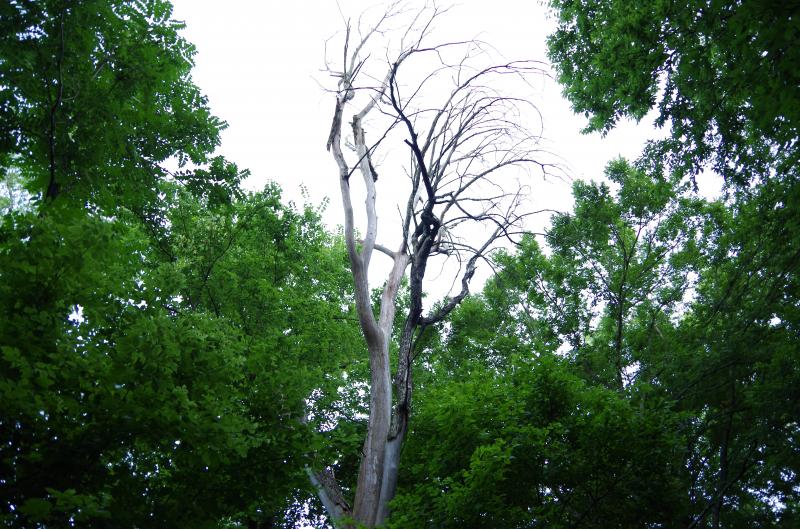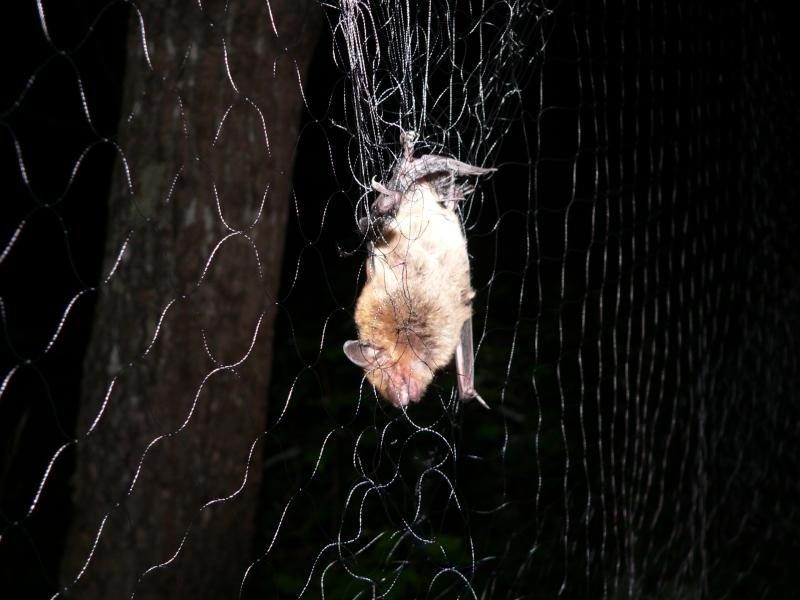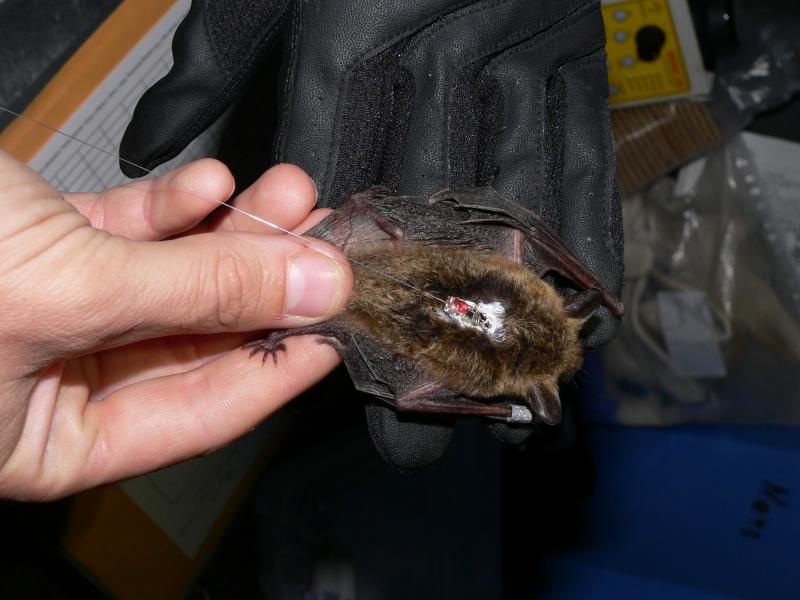Plateau Ecological
1460 Pilot Drive
Cookeville, TN 38506
ph: 931-632-2225
brian
Indiana and Northern Long-eared Bat Consultation
Does your project have the potential to impact the federally-endangered Indiana bat (Myotis sodalis) or the threatened northern long-eared bat (Myotis septentrionalis)? If so, you may need to undergo a consultation process pursuant to Section 7 of the Endangered Species Act of 1973. See below for more information on the steps involved in the process. Careful advance planning is required to ensure that consultation can be completed in time to meet project goals.
Step 1: Habitat assessment.
If your project is taking place within the range of the Indiana bat or northern long-eared bat, then it may have the potential to impact the species. Projects taking place near hibernacula (caves where the bats hibernate) will require in-depth consultation with the U.S. Fish and Wildlife Service. Projects away from known hibernacula may still impact the species if timber cutting is involved. Many states, including Kentucky and Tennessee, assume a state-wide distribution of these species, so projects involving timber clearing require assessment to determine if suitable tree roosts are present that could be impacted during the project. Other states, like Georgia and Alabama, may not require habitat assessments statewide. Questions about the need for habitat assessments should always be directed to the USFWS Ecological Services office in the state where the project is planned.
Above: Indiana bat roost tree with exfoliating (peeling) bark.
Habitat assessments, when necessary, involve delineation of the project area, assessment of the presence of potential roost trees, evaluation of travel or foraging areas, assessment of nearby habitat, determination of the amount of potential habitat acreage, and a finding of whether or not impacts to potential habitat can be avoided (i.e., avoidance of timber cutting). If no roosting habitat is present then the consultation process can end here with no restrictions on timber cutting.
Do you need a habitat assessment for the Indiana bat or northern long-eared bat as part of the Select Tennessee Certified Sites process? We have experience with this program and stand ready to meet your certification needs.

Collecting data on the characteristics of a potential roost tree. Trees with exfoliating (peeling) bark are used by Indiana bats and northern long-eared bats (and other species) for roost locations during the months when the bats are not hibernating.
Step 2: Acoustic monitoring.

Full-spectrum SM2Bat recorder from Wildlife Acoustics, Inc.
If potential habitat for listed bats is present in the project area and impacts cannot be avoided, then the next step can be an attempt to determine if Indiana bats are actually present in the area. The current USFWS draft survey guidance calls for acoustic monitoring to determine if Indiana bats are present. Hardware systems that can record the ultrasonic vocalizations of bats are deployed in the project area at a rate specified by USFWS. Recordings are later analyzed via complex software packages to identify what species of bats are present based on the characteristics of their calls. If no listed bats are detected with acoustics, then timber cutting can proceed with no restrictions.
Traditionally, most researchers and consultants have used Anabat recorders from Titley Electronics. These detectors are frequency-division detectors as they divide the frequency of the ultrasonic signal by a specific number (usually 8) prior to saving it to media. This results in data that uses far less memory, and it was an important breakthrough due to real memory limitations back when the system was developed. Many researchers continue to use these units because they are familiar, but modern full-spectrum recorders may be a better choice. Full-spectrum recorders, such as the SM2Bat recorders from Wildlife Acoustics, shown above, or the Pettersson D500x units capture more detailed information that may allow identification of species that may not be possible with frequency-division data. Full-spectrum data can be easily converted to frequency-division data, allowing the analysis of the data with frequency-division software packages such as EchoClass or Bat Call ID. Alternatively, full-spectrum data can be analyzed natively with software packages including SonoBat or Kaleidoscope. It is possible to up-convert frequency-division data to full-spectrum for analysis on full-spectrum software packages, but this up-conversion is really a simulation to fill in the data that is assumed to be missing; therefore this method is likely not as reliable as using full-spectrum recorders in the first place. Plateau Ecological uses full-spectrum recorders to capture the highest-quality bat vocalizations that can then be analyzed with many different software packages, as appropriate.

Screenshot from SonoBat. SonoBat is a software package for identifying bat calls from full-spectrum acoustic data.
If Indiana bats are detected with ultrasonic recording equipment, this does not necessarily mean that they are using the project area for roosting. A determination of roosting areas will be investigated in a follow-up step.
Step 3: Mist netting.
In an attempt to determine if bats flying through the area (from Step 2) are actually roosting in the area, nets are deployed in the project area at a rate specified by the USFWS to capture the bats. If bats are captured, then radio-transmitters are attached to the bats to locate roost structures. If no bats are captured, consultation with the local USFWS Field Office is required to determine the likely use of the project area by the bats detected in Step 2.

Mist net (closed) over a pond in Illinois. Indiana bats were succesfully captured at this location.
A bat captured in a mist net.

Indiana bat, Myotis sodalis

Indiana bat, Myotis sodalis. Note the keeled calcar (ridge on tail membrane just below the foot) that is used as an aid in correctly identifying the species.
Step 4: Radio-telemetry.
Bats captured on site are fitted with radio-transmitters and tracked back to their roost structures. Characteristics of roost trees are noted, and emergence counts are conducted at roost trees to determine the composition of bats using the roost structure (i.e., is the tree a likely maternity tree used by a large colony of Indiana bats?). Determination of where the bats are roosting can impact the mitigation requirements per USFWS.
A radio-transmitter affixed to the back of a northern long-eared bat with surgical cement. Note the wing band on the right forearm of the bat as well.
It is important to note that each of these steps requires coordination with the local USFWS field office and interpretation of the findings must be agreed upon by USFWS (via a letter of concurrence). Also, at any step in the process the presence of Indiana bats or northern long-eared bats can be assumed, thus eliminating the need to carry out later steps. However, mitigation options available from assuming presence may be more expensive (or limiting in the timing of actions) than requirements imposed by USFWS following more complete data revealed from the full consultation process described above.
Timing is Critical! - If your project is under time contrstraints (and most are), you need to keep in mind that the process should begin as early as possible in order to meet desired project dates. Only Step 1 from above (habitat assessment) can be conducted year-round. The remaining steps must take place when bats are, or may be, present on the site (generally May 15 to August 15) and are subject to strict time restrictions per USFWS guidelines. Additionally, because of the short summer field season for much of this work, many consultants that work with bats find that their summer schedule fills up well in advance.
Plateau Ecological is ready to meet your Indiana bat or northern long-eared bat consulting needs. Whether beginning with a habitat assessment, or species suveys continuing through to radio-telemetry, we have the experience and ability to get the job done!
Copyright 2022 Plateau Ecological LLC. All rights reserved.
Plateau Ecological
1460 Pilot Drive
Cookeville, TN 38506
ph: 931-632-2225
brian




